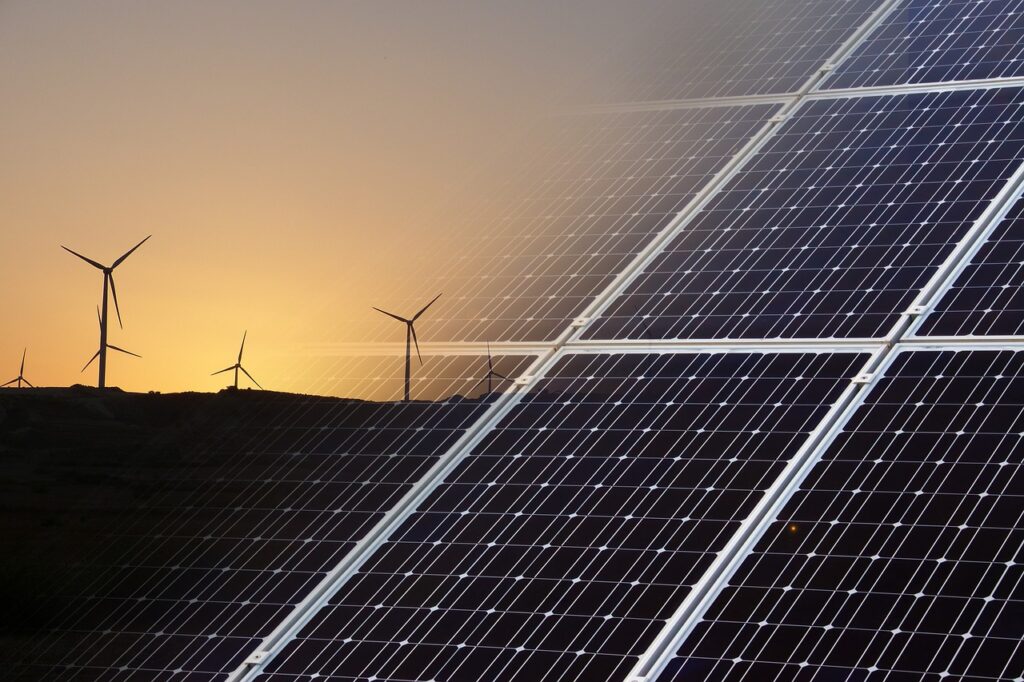Sustainable engineering involves creating solutions that harmonize with the environment and conserve natural resources. As engineers, we bear the responsibility to design infrastructure and products that will serve us for generations without undermining the well-being of our planet. Because let’s face it, a world devoid of fresh air, clean water, and a thriving ecosystem isn’t desirable for anyone.
The Shift in Engineering Approach
Sustainable engineering necessitates a holistic approach. It calls for collaboration across various fields and demands careful consideration of a project’s entire lifecycle. Engineers must be proactive and thorough, identifying and mitigating risks associated with new technologies and processes. Sustainability should be a priority from a project’s inception, as about eighty percent of a product’s environmental impact is determined during the development process. Key areas of focus in sustainability include
- Transportation
- Food production and preservation
- Housing and shelter
- Waste disposal and management
- Pollution reduction
- Water supplies
- Energy development and consumption
- Restoring natural resource environments
- Improvements in industrial processes

The Challenges and the Way Forward
Admittedly, sustainable engineering has its share of challenges. The upfront costs of building sustainable structures can be steep due to the demand for specialized expertise. Then, there’s the complexity of interdependent systems that make it tough to pinpoint the most effective practices. Public awareness and acceptance is also a major hindrance in the use of sustainable practices as the public still don’t understand some of the new sustainable methods and materials and are therefore still opposed to them. However, our focus should be beyond these immediate hurdles. We must continue working towards the long-term benefits – think improved health and minimized environmental footprint, efficient use of energy, resilience to climate change, economic efficiency and preservation for future generations.
As Dr. Helen Meese, a chattered mechanical engineer says. “Sustainable design is no longer simply focused on reduce, recycle, and re-use or repurpose. Today, sustainable design is about adding value, designing products that bring societal benefits and solving environmental challenges that are also viable for businesses to implement. Engineers must have the mindset to develop innovative solutions.”
Sustainability is not a destination but a journey and as long as engineers continue to monitor, learn and improve sustainable systems, a better future for all is guaranteed.

OPTIMISTIC FOR THE FUTURE
Emerging technologies, such as Artificial Intelligence, are becoming our allies in this endeavour. These innovations are instrumental in helping us analyse massive datasets and develop ground-breaking solutions. There has also been massive developments in the energy space with things like electric cars, pumped hydro storage, tidal wave energy and so on which have substantially cut the environmental impact of traditional energy.
In Conclusion
Our shared journey towards sustainability is neither brief nor simple, yet the promise it holds for our future is worth every step. It’s a promise of healthier lives, robust economies, and a preserved natural world for the generations yet to come. Every challenge we encounter is a call for innovation, an opportunity to learn, and a step forward in our collective journey.
